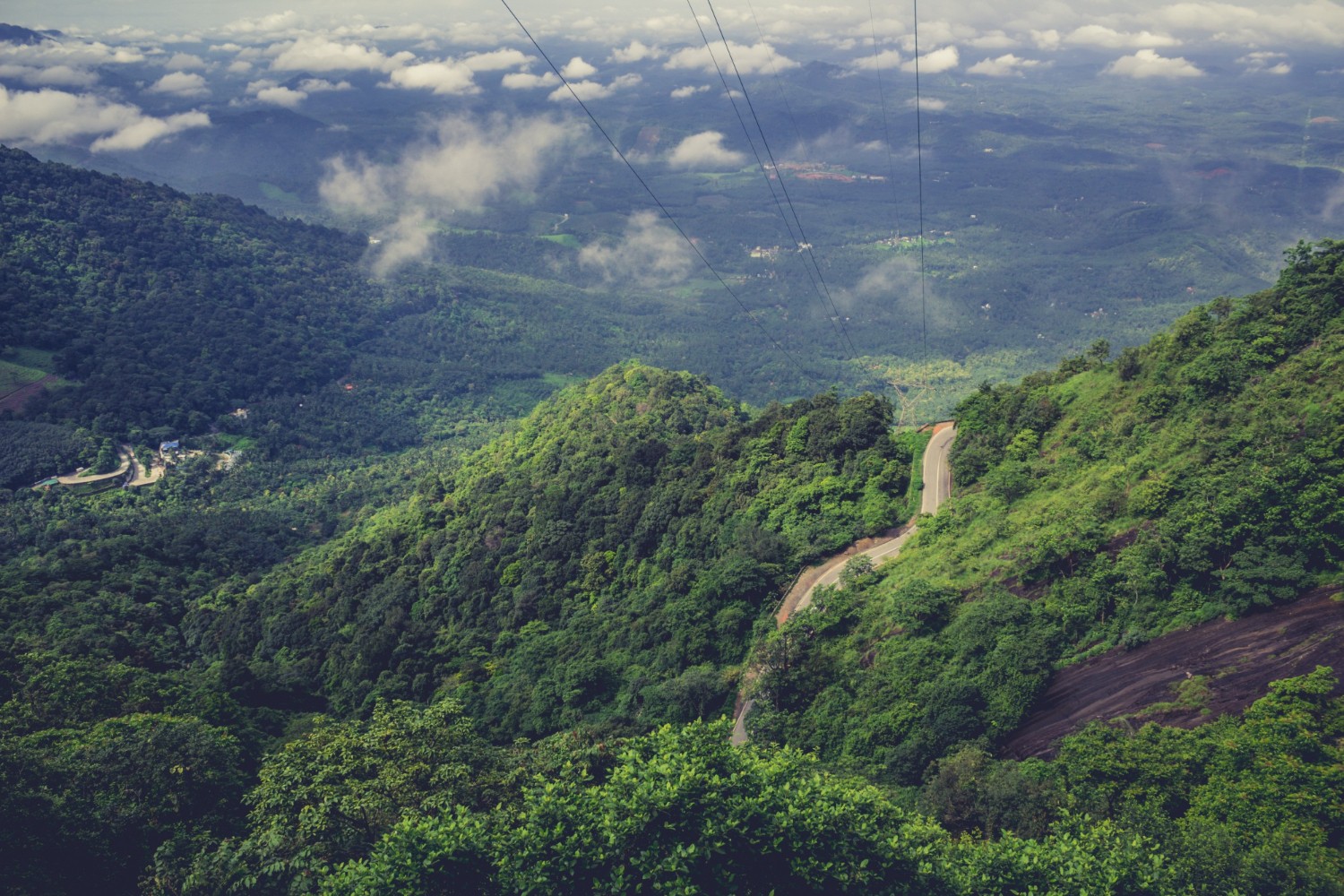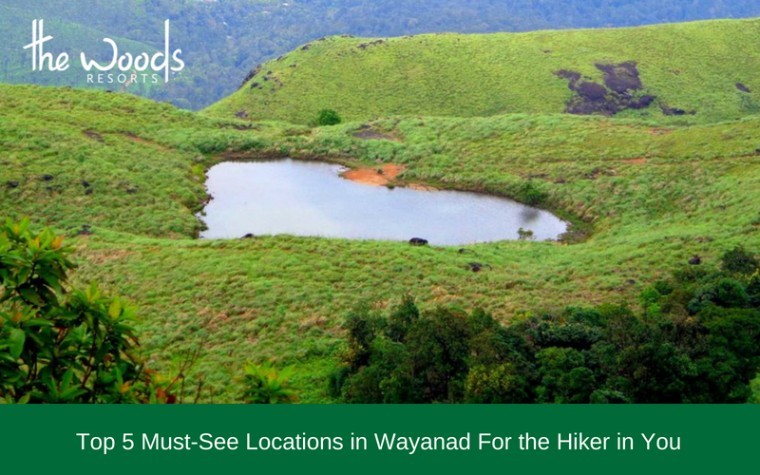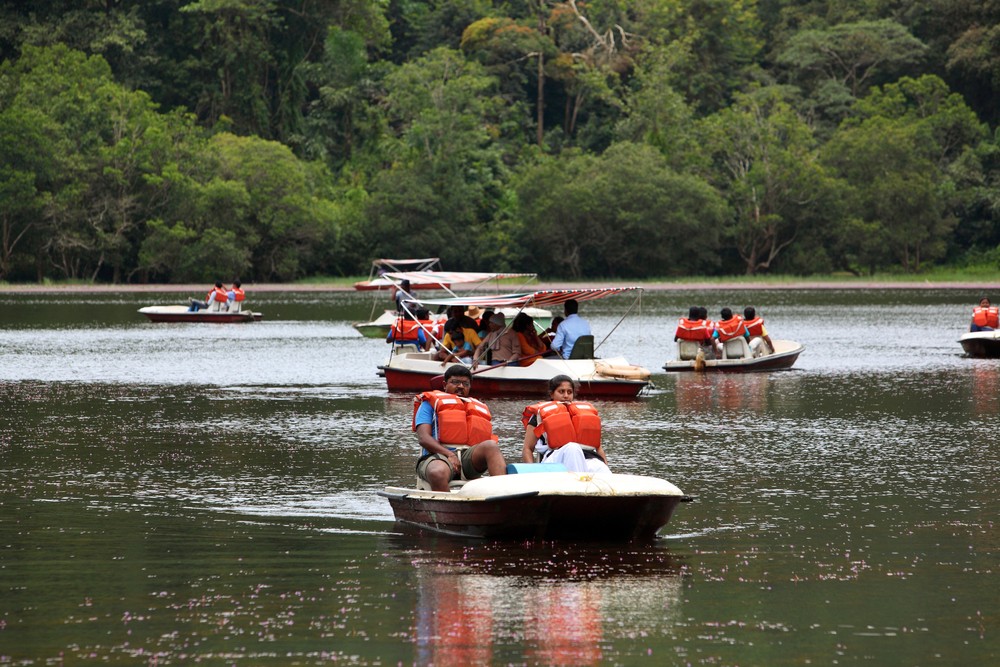Exploring the Ancient Roots: Unravelling the History of Wayanad
One of the best destinations to visit in Kerala is Wayanad, also known as the "Green Paradise." It is a well-liked hill station and tourist destination that is teeming with natural beauty and vitality. It is located in North Kerala, 1000 metres above sea level, on the Western Ghats. It has abundant fauna, verdant forests, and agriculturally productive soil. Wayanad is known for its tea plantations and is also referred to as the spiciest hills in God's own country. In this blog post, we will explore the ancient roots of Wayanad, from its early history to its more recent past.
History Of Wayanad
The Wayanad has a significant history. Edakkal Cave at Ambukuthi Mala, a hill in Wayanad, is where the evidence of a new Stone Age civilization may be found. The engravings in the caverns, which date to the Neolithic and Mesolithic periods, are still a mystery to archaeologists. On the rocks' wall, there are carvings of human and animal figures representing prehistoric civilised people. Wayanad district's historical records date back to the 18th century. During the prehistoric era, vedic rajahs ruled the land. Later, the Pazhassi Raja of the Kottayam Royal Dynasty ruled over Wayanad.
Pazhassi Raja And Wayanad
Kerala Varma Pazhassi Raja was one of India's freedom fighters. Between 1774 to 1805, he served as the de facto ruler of the Indian Malabar kingdom of Kottayam or Cotiote as a warrior prince. The Cotiote War refers to his conflicts with the English East India Company. Due to his prowess in combat, he is also known as Kerala Simham (Lion of Kerala). He was the only person to ever win a war against Arthur Wellesley, 1st Duke of Wellington. Pazhassi Raja belonged to the Kottayam royal family's western branch.
Wayanad was reclaimed by the Kottayam Royal Dynasty during the reign of Tippu Sultan. However, after the Srirangapatna Trace, Tippu gave the British control of the entire Malabar region. As a result, in 1799, after Tippu's fall, the British seized control of Wayanad. Guerrilla fighter Pazhassi Raja opposed the British East India Company as it attempted to rule the Wayanad district. The tribesmen known as Kurichias helped him in his struggle against the British. Pazhassi Raja lost his life in one of his battles with the British in 1805. A small monument was erected at Wayanad in his honour after his death. The location of the tomb symbolises the spot where he was shot by the British and subsequently cremated.
The British Era
Following Pazhassi Raja's defeat, the British took control of Wayanad and implemented a number of innovative development strategies. The British laid the trail from Kozhikode/Thalassery up to Ooty through Gudalur and Mysore in Karnataka. They deserve credit for building the roads that weave around the region's rocky hills. Both from Kozhikode and from Ooty, the roads remain the only means of transportation to the area. Along with commercial plantation techniques, they also introduced the growing of tea and other cash crops in the region. Wayanad's history entered a new phase as a result of the new regulations and the construction of roadways to the major cities of the adjacent states. The virgin forest acreage turned out to be a treasure trove of lucrative cash crops. The fertile soil and huge tracts of land that could be farmed in Wayanad drew people from diverse regions of Kerala.
After the British quit India in 1947, Wayanad was a part of the Kannur district. Later, some of the region's southern portions were included in the neighbouring district of Kozhikode. However, the authorities decided it was necessary to establish a new district in order to meet the development demands of the Wayanad population, thus they united the north Wayanad of the Kannur district and the south Wayanad of the Kozhikode district to create the current Wayanad district. Thus, the district was established on November 1, 1980, becoming Kerala's 12th district.
Ancient Rules Of Wayanad
Wayanad was referred to as Bayalnad during the 10th century by the Ganga kingdom. From the Vijayanagar monarchs to the Sultan of Mysore, the Vadias of Mysore, and the Parsie monarchs, each kingdom left a significant influence on history. For instance, the Parsi Tomb is still proof of the valiant Parsi rulers' battle for power against the British.
Read More: 10 Interesting and Unknown Facts About WayanadHistorical Places In Wayanad
Wayanad is renowned for having some of the most beautiful historical sites.
Pazhassi Memorial
The State Archaeology Department is responsible for maintaining the complex that houses the memorial, which includes mural paintings, antique bronzes, ancient coins, replica temples, umbrella stones, dolmenoid cists (quadrangular burial chambers with capstones), and other megalithic monuments. The well-known artist Raja Ravi Varma's work is on display in the memorial's art gallery. A sword that is thought to have been used by Pazhassi Raja is on display at the neighbouring Pazhassi Museum. The tomb's location provides stunning views of the Wayanad valleys that surround it.
Edakkal Caves
The artwork you'll see inside the caverns are dated to between 5000 and 6000 BCE. The visual representations are unique in their field, and are thought to date back to the Stone Age. The only pictures from that early time period that are still in existence are these paintings. Numerous historians think that the cave is somehow related to the Indus Valley civilization.
Thirunelli Temple
The Thirunelli Temple is regarded as the home of Lord Vishnu. It is surrounded by mountains on all sides, and the approach leading to the temple is lined with verdant trees. According to folklore, Lord Brahma helped the Devas create it. The neighbouring creek serves as the water source for the temple's pond, which is also known as "Panchatheertham."
Learn More: Interesting facts about Thirunelli temple, WayanadSultan Bathery Jain Temple
The Indian Archaeological Survey has taken measures to preserve the Sultan Bathery Jain Temple, which dates back to the 13th century. According to the villagers, Tipu Sultan used the temple grounds when he was at war. All of his weapons used to be hidden there.
Jain Temple At Panamaram
The Jain temple appears to be square in shape. It is constructed out of rocks and stones. The Jain temple contains several engravings on its walls. Even though the temple is now destroyed, it nevertheless provides an incredible glimpse of ancient architecture.
Also Read: Jain temple in Wayanad - Things to Know Before Visiting
Conclusion
Wayanad has enough to offer everyone with varying tastes, including those who enjoy adventures, leisure, the outdoors, historical sites, and lovely resorts for a weekend getaway. If you want to make your trip exciting and adventurous, you can think about booking a room at The Woods Resorts. They provide unrivalled hospitality to ensure that your days are ones you will never forget. Every time you think back on those experiences at The Woods, a wonderful feeling of nostalgia will flood your heart.
Reading this article would have made you want to travel to Wayanad. Why hold off any longer? Start making plans for your upcoming vacation to this stunning hill town!







